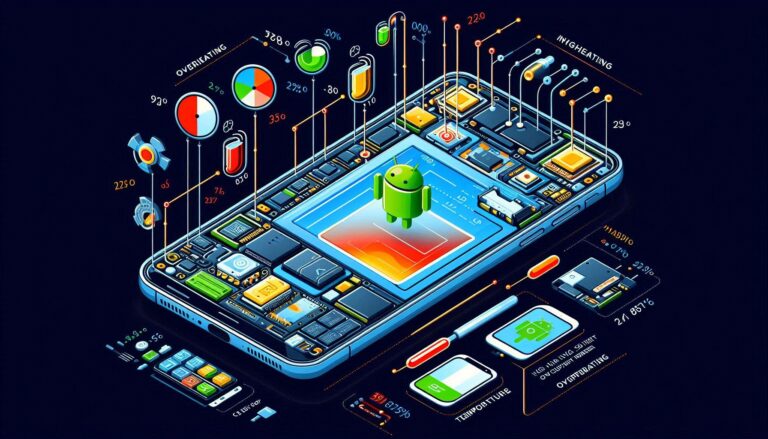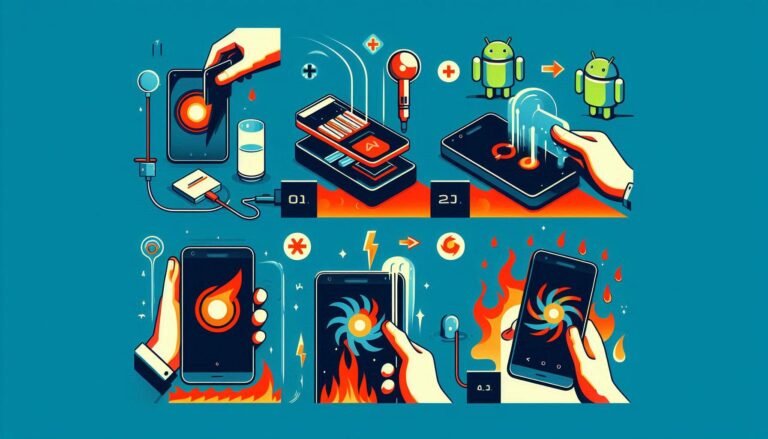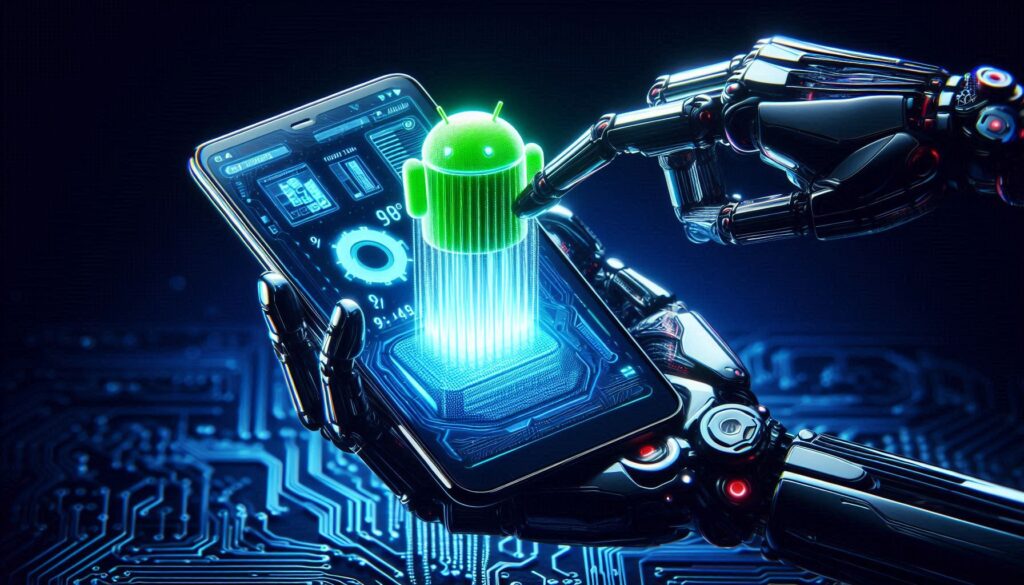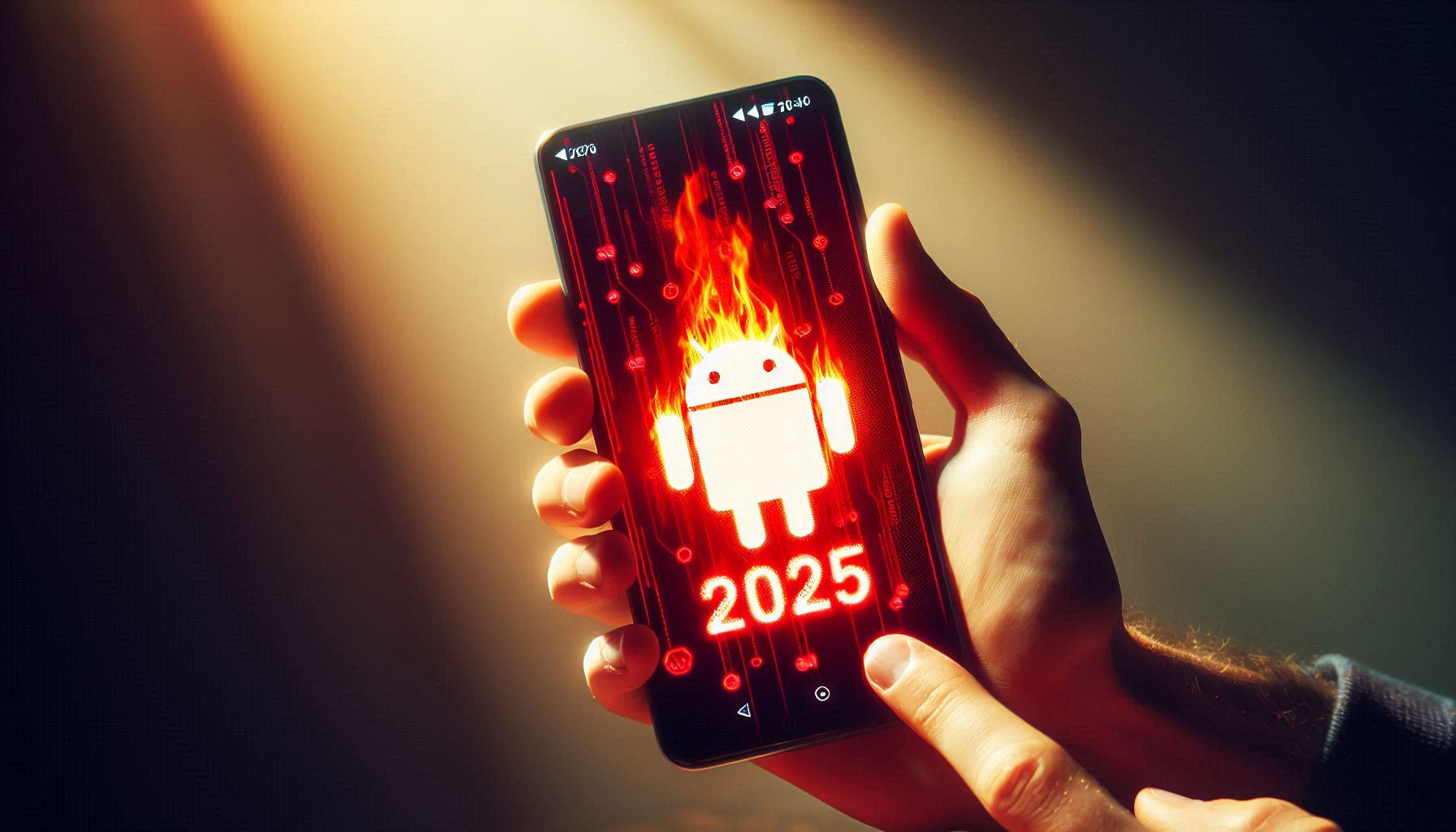Is your Android phone getting too hot too quickly? You’re not alone.
Android Overheating Issues in 2025?. Overheating is a common issue that affects smartphone performance, battery life, and overall user experience. In this comprehensive guide, we’ll explore why Android phones overheat, how it can affect your device, and the most effective ways to prevent and fix it — all tailored for 2025’s latest devices and software updates.
Why Android Phones Overheat : Android Overheating Issues in 2025?
1. Why Android Phones Overheat : Android Overheating Issues in 2025?
Android phones often run many apps in the background which consume CPU and battery power, causing the device to heat up unnecessarily. These apps may include social media, messaging, and system services.
2. Heavy Gaming and High CPU Usage : Android Overheating Issues in 2025?
Playing graphics-intensive games or running heavy applications can push the phone’s CPU and GPU to their limits, generating excessive heat during the process.
3. Environmental Factors : Android Overheating Issues in 2025?
External factors such as high ambient temperature, direct sunlight exposure, or using the phone while charging can also contribute to overheating issues.
Dangerous Effects of Overheating
Overheating can lead to several problems, including reduced battery lifespan, sudden shutdowns, and even hardware damage in extreme cases. Users may experience sluggish phone performance or unexpected app crashes.
Top Fixes for Android Overheating in 2025
1. Close Unused Apps Regularly
Many users leave apps running in the background without realizing how much they contribute to CPU and battery drain. Make it a habit to clear recently used apps and background processes that are not essential.
2. Reduce Screen Brightness
High screen brightness puts strain on the battery and processor, especially during long usage. Use auto-brightness or reduce the brightness manually to control heat generation.
3. Avoid Using Phone While Charging
Using your phone during charging increases the workload on both the battery and the processor. Let it charge peacefully to maintain a normal temperature level.

4. Enable Battery Saver Mode
Battery Saver Mode helps reduce background activity, limits performance, and lowers screen brightness — all of which reduce heating issues and extend battery life.
5. Update Your Apps and OS
Outdated apps or firmware may have bugs or inefficiencies that cause overheating. Always keep your operating system and all apps up-to-date for better performance and heat management.
6. Check for Malware or Spyware
Malware or hidden spyware can use your device resources in the background. Use a trusted security app to scan your phone and remove anything suspicious.
7. Remove Bulky or Non-Ventilated Phone Cases
Phone cases that trap heat can worsen the situation. Use a case with ventilation or temporarily remove it when your phone heats up.

Long-Term Prevention Tips
1. Avoid Intensive Tasks in Hot Environments
Try not to stream videos, play games, or make long video calls under direct sunlight or in hot weather. Heat from the environment combined with internal activity can rapidly overheat your phone.
2. Use Lite Versions of Apps
Many popular apps like Facebook, Instagram, and Messenger offer “Lite” versions that consume fewer resources and produce less heat.
3. Use Trusted Chargers Only
Cheap or fake chargers may not regulate power correctly, causing the battery and processor to overwork and heat up. Always use an original or certified charger.
4. Restart Your Phone Regularly
Restarting your phone clears temporary memory, closes hidden background processes, and gives the system a fresh start — reducing overheating over time.
5. Monitor Temperature with Apps
There are apps like CPU-Z, GSam Battery Monitor, or Cooling Master that can help you monitor your phone’s temperature and performance in real-time.
Conclusion
Overheating can affect your Android phone’s performance, battery life, and hardware longevity. But with the right precautions and proactive habits, you can easily prevent most heating problems. Follow the tips outlined in this 2025 guide to keep your phone cool, efficient, and running smoothly — no matter how intensively you use it. Android Overheating Issues in 2025
FAQs About Android Overheating in 2025
Q1: Is it normal for a phone to heat while charging?
Yes, mild heating is normal, especially with fast charging. But if your device becomes hot to the touch, it may be a sign of a faulty charger or background apps causing strain.
Q2: Can overheating damage the phone permanently?
Yes. Continuous overheating can reduce battery health, affect hardware components, and cause permanent damage if not addressed in time.
Q3: Are cooling apps helpful?
Some apps can help monitor and close background tasks, indirectly reducing heat. However, no app can “cool” your phone directly — they can only optimize performance.
Q4: Should I stop using my phone during charging?
Ideally, yes. Avoid using heavy apps while charging to reduce heat buildup and protect your battery.
Q5: Can phone overheating be a sign of malware?
Absolutely. Malware runs hidden processes in the background, using CPU and memory, which can cause abnormal heating.


2 thoughts on “The Complete Guide to Fixing Android Overheating Issues in 2025”